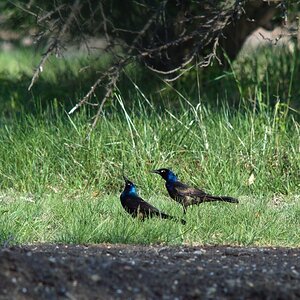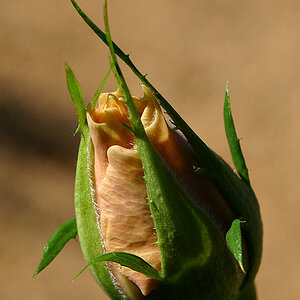Wraith6761
TPF Noob!
- Joined
- Nov 26, 2014
- Messages
- 1
- Reaction score
- 0
- Can others edit my Photos
- Photos NOT OK to edit
So I'm seriously considering getting into astrophotography, specifically just getting nighttime shots of the milky way or other great nighttime skyscapes (is that even a word?), and eventually look into mounting the camera to a telescope for some good shots of planets (maybe even some deep space stuff like the orion or horsehead nebula, but that's a long ways down the road). I found out the hard way that my current trusty camera (Nikon S8100 point and shoot) just doesn't have the capacity for capturing those kinds of shots (no matter how much post-processing I put into it, they just don't turn out). I guess it's due to me not being able to keep the shutter open long enough to get enough light onto the sensor? (I'm a babe in the woods with this stuff, but that's the best my IT background can lead me to suspect) If that's the case, then I'd need something with manual shutter control, which I'm assuming leaves me looking at getting a DSLR, correct? That raises two main issues in my mind:
My first issue is, I'm almost always backpacking in the mountains or the backwoods when I'm actually getting these amazing views. I'm generally doing about 10-15 miles a day, so I don't really want something that's going to add 10 pounds to my pack. Also, I'm a bit worried about how fragile these cameras might be. My Nikon isn't as rugged as a GoPro, but with a very small belt case it's survived quite a few miles on the trail and is no worse for the wear. With my Nikon, it's all one piece...from what I understand of DSLRs, it's multiple pieces. How many pieces would I likely end up with? Just a camera, a lens, and a tripod? Multiple lenses and filters? And are these pieces generally rugged enough to survive in the woods without 5 pounds of padding wrapped around each one? Don't get me wrong, I'm pretty gentle with my gear, but when something costs this much I start getting nervous about how much it can take.
My second issue is probably a common one: price. These cameras, even the "entry-level," are expensive (at least to me). If possible I'd like to try to keep the cost under $750 (though lower would be better). I already have a pretty solid tripod, so that should save me a bit of money there, but I'm guessing I'd have to buy the camera body and a wide angle lens at least...is that a possibility within that budget, or should this just go onto the back burner until I can save up more for it?
I was looking at the Canon SL1, or possibly the T5 or T5i models on Best Buy and Amazon, and they both seem to be having some bundle deals coming up. Would one of these cameras work, and if so would any one of them stand out as the best for my particular situation?
Or is there a way to get my current Nikon to work for this situation, and thus save myself a lot of money?
My first issue is, I'm almost always backpacking in the mountains or the backwoods when I'm actually getting these amazing views. I'm generally doing about 10-15 miles a day, so I don't really want something that's going to add 10 pounds to my pack. Also, I'm a bit worried about how fragile these cameras might be. My Nikon isn't as rugged as a GoPro, but with a very small belt case it's survived quite a few miles on the trail and is no worse for the wear. With my Nikon, it's all one piece...from what I understand of DSLRs, it's multiple pieces. How many pieces would I likely end up with? Just a camera, a lens, and a tripod? Multiple lenses and filters? And are these pieces generally rugged enough to survive in the woods without 5 pounds of padding wrapped around each one? Don't get me wrong, I'm pretty gentle with my gear, but when something costs this much I start getting nervous about how much it can take.
My second issue is probably a common one: price. These cameras, even the "entry-level," are expensive (at least to me). If possible I'd like to try to keep the cost under $750 (though lower would be better). I already have a pretty solid tripod, so that should save me a bit of money there, but I'm guessing I'd have to buy the camera body and a wide angle lens at least...is that a possibility within that budget, or should this just go onto the back burner until I can save up more for it?
I was looking at the Canon SL1, or possibly the T5 or T5i models on Best Buy and Amazon, and they both seem to be having some bundle deals coming up. Would one of these cameras work, and if so would any one of them stand out as the best for my particular situation?
Or is there a way to get my current Nikon to work for this situation, and thus save myself a lot of money?


![[No title]](/data/xfmg/thumbnail/42/42273-78c0ae886bd5e6d47580353f398c92b9.jpg?1619740082)
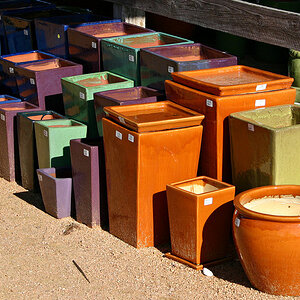
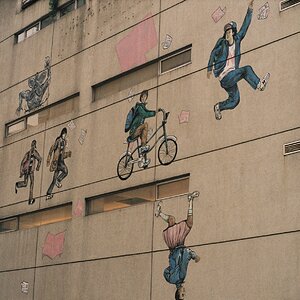
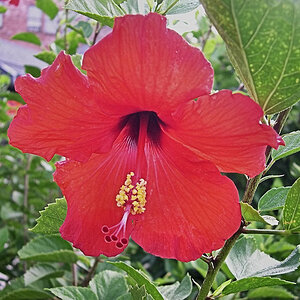
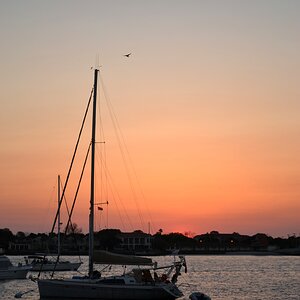
![[No title]](/data/xfmg/thumbnail/42/42468-f720ff996eb9cc6554c0019901223156.jpg?1619740193)
![[No title]](/data/xfmg/thumbnail/34/34142-948c6bafdf60862125009004d5a06e46.jpg?1619736315)
![[No title]](/data/xfmg/thumbnail/41/41423-156eb6e5a056cd1cbcf60e12a03f9d56.jpg?1619739809)
![[No title]](/data/xfmg/thumbnail/36/36394-700ff78d7b45c663863e641a9bcf1fe1.jpg?1619737548)
![[No title]](/data/xfmg/thumbnail/36/36392-ee7dc51c9be334b9979003f6316db12e.jpg?1619737547)
